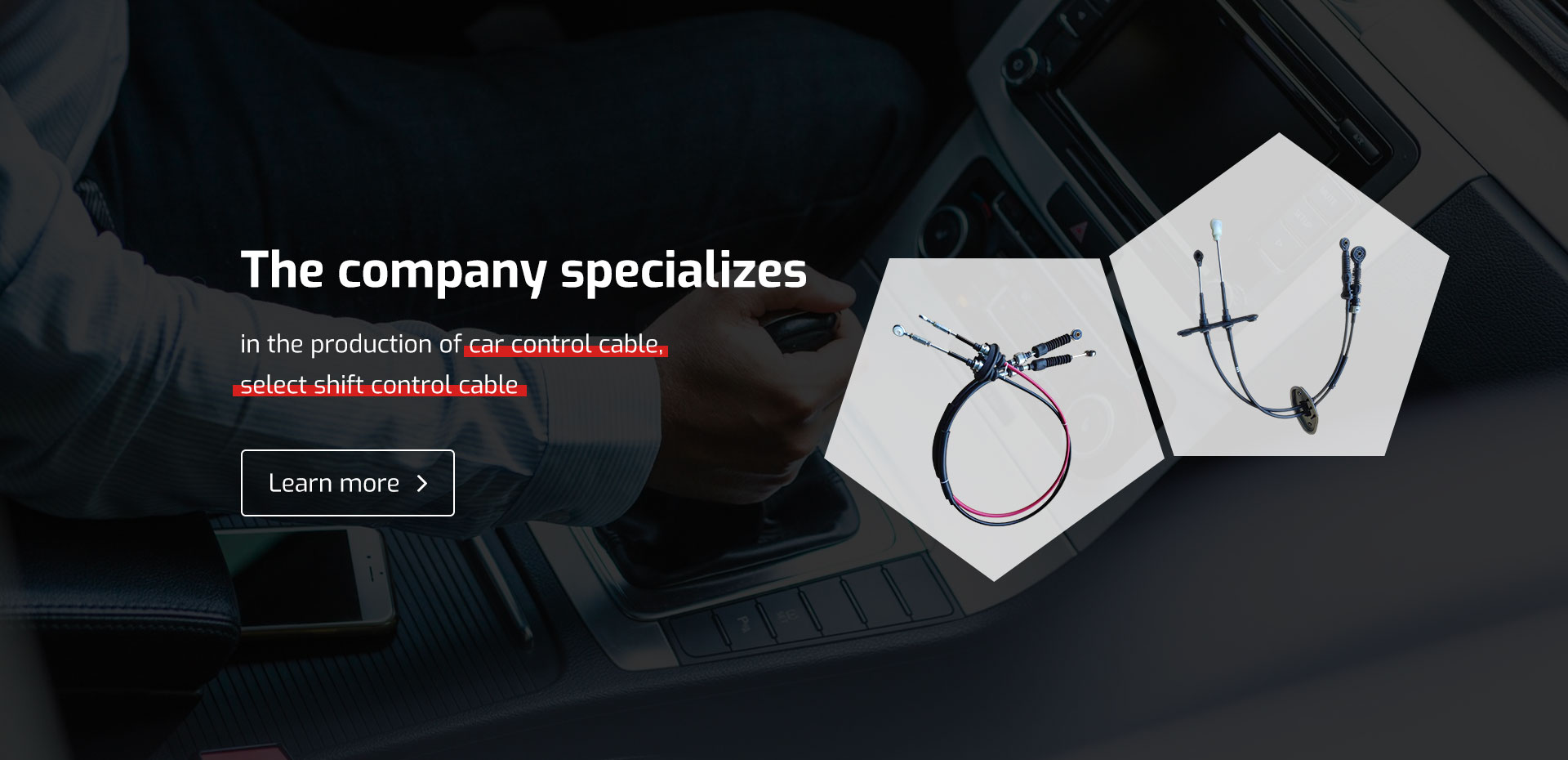Understanding Throttle Control and Cable Mechanics for Enhanced Performance
Understanding Throttle and Cable Systems in Modern Vehicles
In the realm of automotive engineering, the throttle system plays a crucial role in the overall performance of vehicles. This crucial component regulates air intake into the engine, thereby controlling the vehicle's speed and acceleration. However, one may often overlook the importance of the throttle cable, the vital link that translates the driver’s intentions into mechanical actions. This article delves into the throttle system, the role of the throttle cable, and contemporary advancements in throttle control technologies.
The Basics of Throttle Systems
At its core, the throttle system controls the amount of air that enters the combustion chamber of an engine. When a driver presses the accelerator pedal, the throttle valve opens, allowing more air to mix with fuel for combustion. This process directly influences engine power; a wider opening of the throttle valve corresponds to increased power output, while a narrower opening reduces it.
Throttle systems have evolved significantly over the years. Traditional vehicles utilized mechanical systems, where a direct physical connection, typically through a cable, linked the accelerator pedal to the throttle valve. However, as technology has advanced, many modern vehicles now employ electronic throttle control (ETC) systems that utilize sensors and actuators instead of a physical cable.
The Role of the Throttle Cable
In vehicles equipped with a mechanical throttle system, the throttle cable serves as the essential conduit through which the driver’s inputs are transmitted to the engine. This component is typically made of a strong, flexible material that allows for smooth operation without excessive friction. One end of the throttle cable connects to the accelerator pedal, while the other end connects to the throttle body.
As the driver depresses the accelerator pedal, the throttle cable pulls on a lever in the throttle body, opening the throttle valve. The degree to which the cable is pulled determines the position of the valve, thus controlling the air flow and, consequently, the vehicle's speed.
While the throttle cable system is relatively simple, it requires regular maintenance to ensure optimal performance. Over time, cables can stretch or fray, leading to inconsistent throttle response. Failing to address these issues can result in a sluggish response or, in extreme cases, complete loss of throttle control, which can pose significant safety risks.
throttle and cable

Advancements in Throttle Control Technology
With the advent of electronic management systems, the automotive industry has witnessed a significant shift towards ETC. This system eliminates the need for a physical throttle cable and instead relies on a series of sensors and electronic actuators.
In an ETC system, the driver’s input is detected by a pedal position sensor, which sends an electronic signal to the vehicle's engine control module (ECM). The ECM then processes this input and sends commands to an actuator mounted on the throttle body, directing it to open or close accordingly.
This modern approach provides several advantages. For one, it enables more precise control over the engine's air intake, leading to smoother acceleration and improved fuel efficiency. Additionally, ETC systems can seamlessly integrate with other vehicle systems, such as traction control and electronic stability programs, enhancing overall vehicle stability and safety.
Another significant benefit of electronic throttle systems is their ability to implement advanced features like adaptive cruise control and drive-by-wire systems, allowing for dynamic adjustment of engine performance based on driving conditions.
Conclusion
The throttle and its associated control systems, particularly the throttle cable, play a pivotal role in the performance and safety of vehicles. While traditional mechanical systems are still in use in many vehicles today, the shift towards electronic throttle control represents the future of automotive engineering.
Understanding the throttle's mechanics, whether it be via cables or electronic systems, is essential for both drivers and automotive enthusiasts alike. With proper maintenance and awareness of technological advancements, drivers can ensure their vehicles operate efficiently and safely, ultimately enhancing their driving experience. As the automotive industry continues to evolve, the integration of increasingly sophisticated throttle control systems will undoubtedly play a crucial role in shaping the future of mobility.
-
Workings of Clutch Pipe and Hose SystemsNewsJun.04,2025
-
The Inner Workings of Hand Brake Cable SystemsNewsJun.04,2025
-
The Secrets of Throttle and Accelerator CablesNewsJun.04,2025
-
The Hidden Lifeline of Your Transmission Gear Shift CablesNewsJun.04,2025
-
Demystifying Gear Cables and Shift LinkagesNewsJun.04,2025
-
Decoding Clutch Line Systems A Comprehensive GuideNewsJun.04,2025
